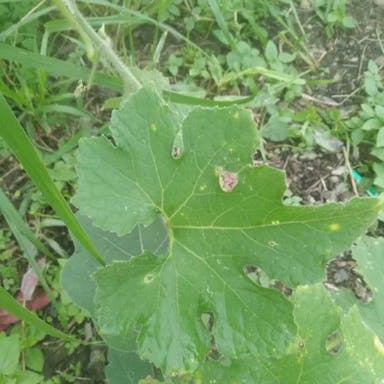Toringa crab apple, scientifically known as Malus sieboldii, is a deciduous tree native to Japan and Korea. It belongs to the Rosaceae family. The leaves are ovate. This plant is a popular ornamental tree. The tree typically reaches a height of 15 to 25 feet, making it suitable for smaller landscapes. The fruits are edible but are usually too tart for fresh consumption, often used in jams or jellies instead.
0
0










